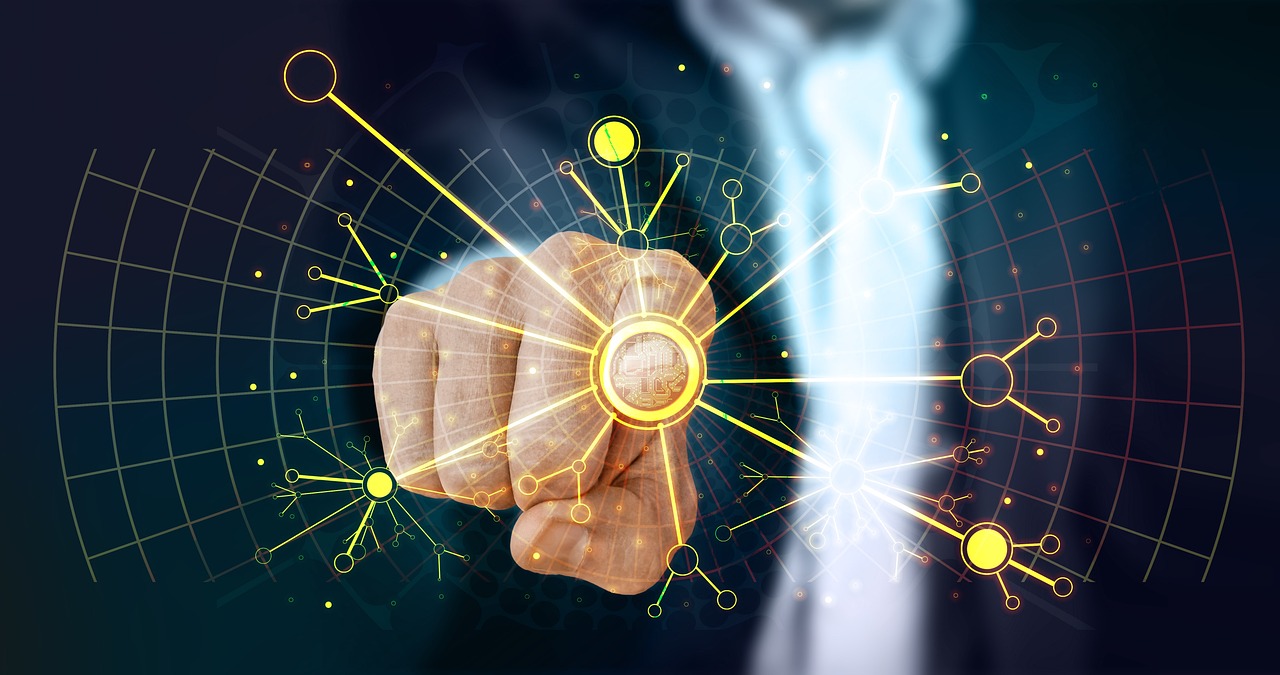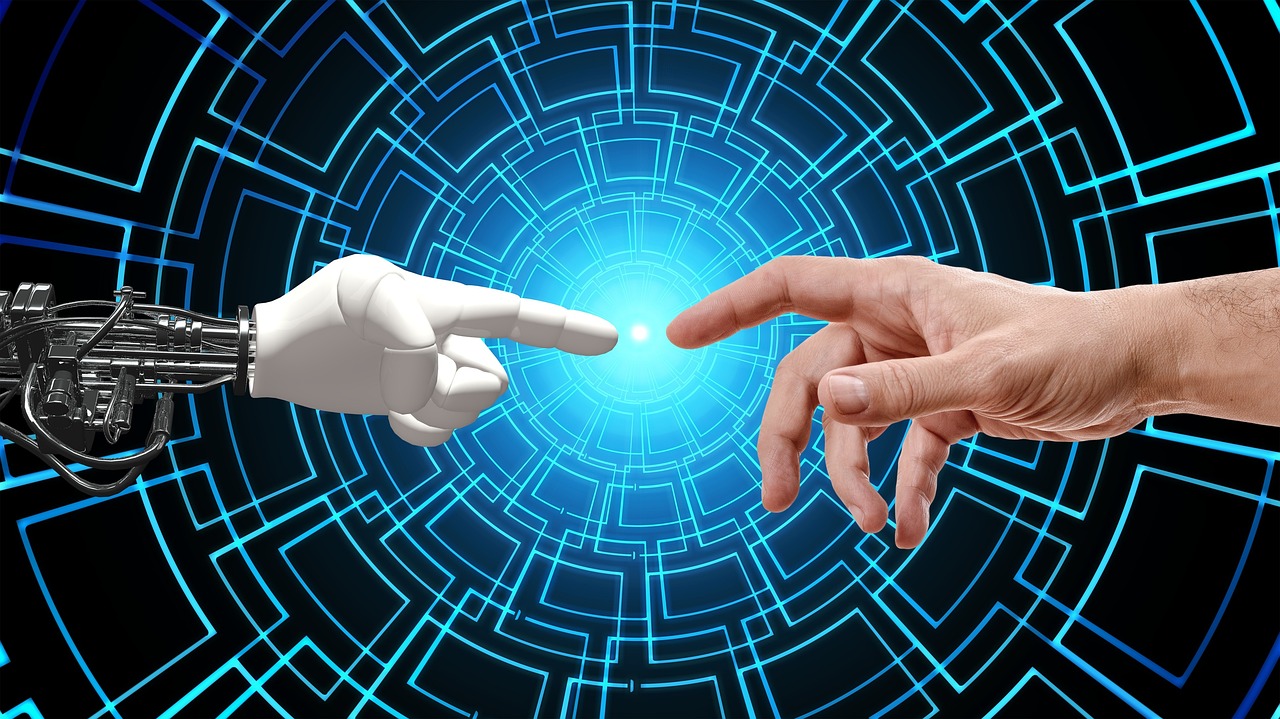The IT industry is undergoing a profound transformation, driven by the rapid advancements in Artificial Intelligence (AI). As AI trends in IT continue to evolve, they are reshaping the landscape of technology, enabling unprecedented levels of innovation, efficiency, and competitiveness. From automating routine tasks to unlocking deep insights from complex data sets, AI is revolutionizing how IT professionals work, how businesses operate, and how technology serves end-users.
AI-Powered Automation
Automation in IT Operations (AIOps)
AI is dramatically changing the face of IT operations, introducing a new paradigm known as AIOps (Artificial Intelligence for IT Operations). This approach leverages machine learning and big data analytics to automate and enhance various IT operational processes, including monitoring, management, and troubleshooting.
| Traditional IT Operations | AI-Powered Operations (AIOps) |
|---|---|
| Manual monitoring and alert systems | Real-time, predictive monitoring with automated alerts |
| Reactive problem-solving | Proactive issue detection and resolution |
| Time-consuming root cause analysis | Rapid, AI-assisted root cause identification |
| Siloed operational data | Integrated, holistic data analysis across systems |
| Static thresholds for alerts | Dynamic, adaptive thresholds based on machine learning |
| Manual ticket routing and prioritization | Automated ticket classification and intelligent routing |
The shift to AIOps enables IT teams to handle larger, more complex infrastructures with greater efficiency and fewer errors. It allows for predictive maintenance, reducing downtime and improving overall system reliability.
AI in Software Development
AI is not just transforming IT operations; it’s also revolutionizing the software development process itself. From code generation to testing and optimization, AI tools are becoming indispensable for developers looking to increase productivity and code quality.
Popular AI tools used in software development include:
- GitHub Copilot: An AI pair programmer that suggests code snippets and functions
- DeepCode: AI-powered code review and bug detection
- Kite: AI-assisted code completion for multiple programming languages
- Tabnine: AI code completion tool that learns from your coding patterns
- Diffblue Cover: AI for automated Java unit test writing
These tools leverage machine learning models trained on vast repositories of code to offer contextually relevant suggestions, identify potential bugs, and even generate entire functions based on natural language descriptions.
Machine Learning and Data Analytics
Predictive Analytics in IT
Machine learning models are being increasingly deployed for predictive analytics in IT environments, offering significant advantages:
- Capacity Planning: AI models can forecast resource needs based on historical data and trends, allowing for more efficient allocation of computing resources.
- Anomaly Detection: Machine learning algorithms can identify unusual patterns in system behavior, flagging potential issues before they become critical.
- Performance Optimization: AI can analyze system performance data to suggest optimizations and predict the impact of changes.
- User Behavior Analysis: Predictive models can anticipate user needs and behaviors, enabling proactive service improvements.
- Cost Optimization: AI can predict and optimize cloud usage, helping organizations reduce unnecessary expenses.
AI-Driven Data Security
In the realm of cybersecurity, AI is becoming a game-changer, offering advanced threat detection and response capabilities that far surpass traditional methods.
| Traditional Security Measures | AI-Driven Security Measures |
|---|---|
| Signature-based threat detection | Behavioral analysis and anomaly detection |
| Manual log analysis | Automated, real-time log analysis with machine learning |
| Static security rules | Adaptive security policies based on AI insights |
| Reactive incident response | Proactive threat hunting and prediction |
| Manual vulnerability assessments | Continuous, AI-powered vulnerability scanning |
| Rule-based access controls | Context-aware, AI-driven access management |
AI-driven security systems can process and analyze vast amounts of data in real-time, identifying subtle patterns that might indicate a breach or attack. This allows for faster response times and more effective threat mitigation.
Natural Language Processing (NLP) and IT Support

Chatbots and Virtual Assistants
Natural Language Processing (NLP) is powering a new generation of intelligent chatbots and virtual assistants that are transforming IT support and customer service. These AI-powered systems can understand and respond to user queries in natural language, providing instant support and freeing up human IT staff for more complex tasks.
Examples of companies using AI chatbots for IT support:
- IBM’s Watson Assistant
- Salesforce’s Einstein Bots
- Microsoft’s Power Virtual Agents
- ServiceNow’s Virtual Agent
- Zendesk’s Answer Bot
These AI-powered assistants can handle a wide range of tasks, from password resets and basic troubleshooting to guiding users through complex processes, all while learning and improving from each interaction.
Automated Documentation and Reporting
AI is also making significant inroads in automating documentation and report generation within IT departments. This not only saves time but also ensures consistency and accuracy in reporting.
| Manual Reports | AI-Generated Reports |
|---|---|
| Time-consuming to create | Generated in seconds |
| Prone to human error | Consistent and accurate |
| Limited data integration | Comprehensive data synthesis |
| Static and periodic | Real-time and dynamic |
| One-size-fits-all format | Customizable and interactive |
| Requires specialized knowledge | Accessible to non-technical users |
AI-powered documentation tools can automatically generate technical documentation, user manuals, and even code comments, ensuring that documentation stays up-to-date with system changes.
AI in Cloud Computing
AI-Powered Cloud Services
Cloud providers are integrating AI capabilities into their services, offering powerful tools that were once only available to organizations with significant AI expertise and resources. These AI-powered cloud services are democratizing access to advanced AI capabilities.
Key AI-powered cloud services include:
- Machine Learning Platforms: Services like Amazon SageMaker, Google Cloud AI Platform, and Azure Machine Learning
- AI-Enhanced Analytics: Tools such as Google BigQuery ML and AWS QuickSight with ML Insights
- Natural Language Processing APIs: Services like Azure Cognitive Services and Google Cloud Natural Language API
- Vision and Speech APIs: Including Amazon Rekognition and Google Cloud Vision AI
- AI-Powered DevOps Tools: Such as Azure DevOps with ML-powered recommendations
Edge Computing with AI
The convergence of AI and edge computing is enabling real-time data processing and decision-making at the network edge, crucial for IoT applications and time-sensitive operations.
| Cloud Computing with AI | Edge Computing with AI |
|---|---|
| Centralized data processing | Distributed data processing |
| Higher latency | Lower latency for real-time applications |
| Requires constant internet connectivity | Can operate with intermittent connectivity |
| Unlimited computational resources | Limited computational resources |
| Better for big data analytics | Better for real-time, localized decisions |
| Higher bandwidth costs | Reduced bandwidth requirements |
Edge AI is particularly valuable in scenarios requiring immediate responses, such as autonomous vehicles, industrial IoT, and smart city applications.
The Future of AI in IT

Ethical Considerations and Challenges
As AI becomes more prevalent in IT, several ethical considerations and challenges arise:
- Bias in AI Systems: Ensuring AI models are free from bias in decision-making processes
- Data Privacy: Balancing the need for data with user privacy rights
- Job Displacement: Addressing the potential loss of jobs due to AI automation
- Transparency and Explainability: Making AI decision-making processes understandable and accountable
- AI Security: Protecting AI systems from manipulation or misuse
- Environmental Impact: Managing the energy consumption of AI systems
Emerging AI Trends to Watch
Several emerging AI trends are poised to further transform the IT industry:
- Quantum AI: Leveraging quantum computing to exponentially increase AI processing power
- Explainable AI (XAI): Developing AI systems that can explain their decision-making processes
- AI-Augmented Human Intelligence: Enhancing human capabilities through AI assistants and interfaces
- Federated Learning: Enabling AI model training across decentralized devices while maintaining data privacy
- Neuromorphic Computing: Creating AI hardware that mimics the structure and function of the human brain
- AI in 5G and 6G Networks: Optimizing network performance and enabling new applications through AI
Conclusion
The integration of AI into the IT industry is not just a trend but a fundamental shift in how technology is developed, deployed, and managed. From AI-powered automation and predictive analytics to natural language processing and edge computing, these advancements are reshaping every aspect of IT operations and strategy. As we look to the future, emerging trends like quantum AI and explainable AI promise even more profound changes. For IT professionals and organizations, staying abreast of these AI trends and adapting to the evolving landscape will be crucial for maintaining competitiveness and driving innovation in the digital age.
